
In her opening speech, Ms. Vu Thi Anh Hong, Deputy Editor-in-Chief of the Economic - Financial Magazine, said that in Vietnam, logistics is making significant contributions to the economy, with a market size of about 40 - 42 billion USD, annual growth of 14 - 16%, among the highest in Southeast Asia. However, logistics costs are still high, accounting for 16 - 18% of GDP. In particular, this industry also emits large amounts of carbon, especially in the field of road transport.
Therefore, developing green logistics is becoming one of the key contents in the country's sustainable development strategy and in the roadmap to implement the "Net Zero" emission commitment that Vietnam announced at COP26.
However, the transition to green logistics cannot happen naturally without effective and coordinated financial policies. Investment in clean technology, environmentally friendly transport, energy-efficient warehouses and digital emission monitoring systems all require huge financial, technical and human resources.
Although green transformation and sustainable supply chain development are inevitable trends, Vietnamese enterprises still face major barriers such as lack of investment capital, limited technology, weak management capacity, and pressure from international value chains. In particular, small and medium enterprises have more difficulty accessing green finance...
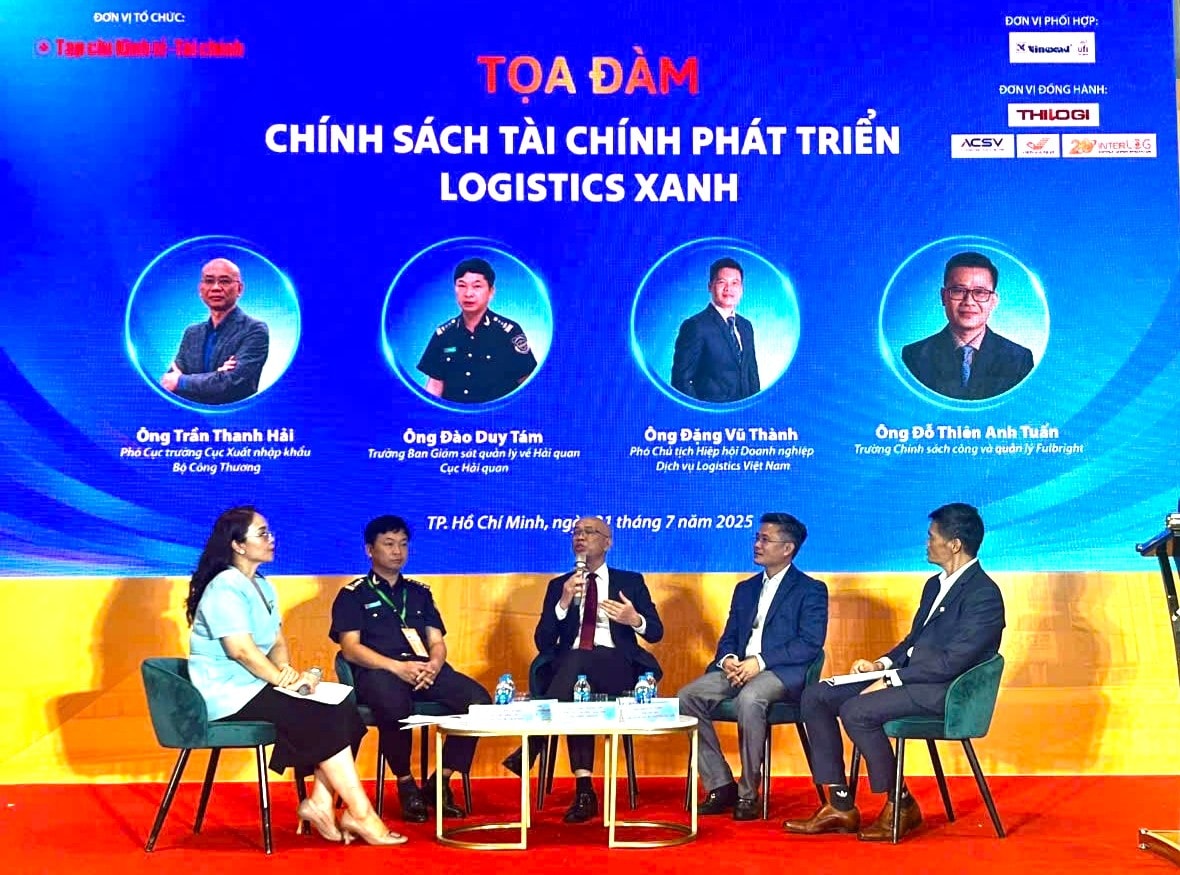
Speaking at the seminar, Mr. Tran Thanh Hai, Deputy Director of the Import-Export Department ( Ministry of Industry and Trade ), commented that green logistics is the "key" for businesses to respond to shocks from the global economic environment and recover sustainably. According to the World Bank's 2023 report, Vietnam ranked 43rd in the Logistics Performance Index (LPI), in the Top 5 ASEAN countries. The logistics industry currently plays an important role in promoting import and export, bringing the total turnover in 2024 to nearly 786.3 billion USD.
However, to maintain growth momentum and meet international requirements such as the EU carbon tax (CBAM), logistics businesses are forced to green their operations. Investing in fuel-efficient transport, smart containers, digital management, etc. not only protects the environment but also helps reduce long-term costs, especially in the context of volatile fuel prices.
Mr. Hai emphasized that green certification will be a competitive advantage in the future. Vietnam has many opportunities to promote green logistics thanks to increasingly complete transport infrastructure and the boom of e-commerce. With the retail market size in 2024 reaching 25 billion USD, an increase of 20% compared to the previous year, putting Vietnam in the Top 10 countries with the fastest e-commerce growth rate in the world .
Mr. Dao Duy Tam, Head of the Customs Management and Supervision Department (Customs Department), said that since 2020, over 99.5% of enterprises at all customs departments and branches have implemented electronic procedures, helping to shorten customs clearance time and significantly save printing and stationery costs. The implementation of electronic documents, QR codes, online declarations, etc. contributes to reducing overall logistics costs.
At border gates, the customs sector is also promoting the application of digital technologies such as artificial intelligence (AI), Internet of Things (IoT), blockchain, surveillance cameras, sensors, big data, etc. to automate the process of monitoring, checking, and clearing goods - creating the premise for forming a smart, transparent, and efficient logistics chain.
At the discussion session, experts said that the journey to green logistics is not easy, when businesses face high investment costs and lack long-term financial policies. In that context, financial policies play a key role, not only as a driving force but also as a prerequisite for realizing green logistics.
Solutions such as green credit, tax incentives, interest rate support, technology innovation funds, etc., if effectively implemented, will promote businesses to apply environmentally friendly models, contributing to green and sustainable growth.
Financial policies for green logistics need to be designed comprehensively, including investment incentives, loan guarantees, tax incentives and especially synchronous coordination between ministries and branches. When customs are digitized, banks are flexible and localities agree, an ecosystem will be formed to support businesses in effective green transformation.
Source: https://hanoimoi.vn/logistics-xanh-chia-khoa-giup-doanh-nghiep-ung-pho-cu-soc-kinh-te-toan-cau-710990.html



![[Photo] President Luong Cuong receives US Secretary of War Pete Hegseth](https://vphoto.vietnam.vn/thumb/1200x675/vietnam/resource/IMAGE/2025/11/02/1762089839868_ndo_br_1-jpg.webp)



![[Photo] Lam Dong: Images of damage after a suspected lake burst in Tuy Phong](https://vphoto.vietnam.vn/thumb/1200x675/vietnam/resource/IMAGE/2025/11/02/1762078736805_8e7f5424f473782d2162-5118-jpg.webp)
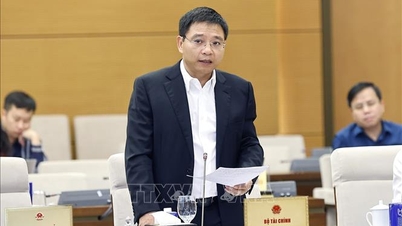

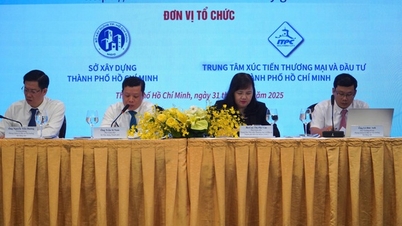



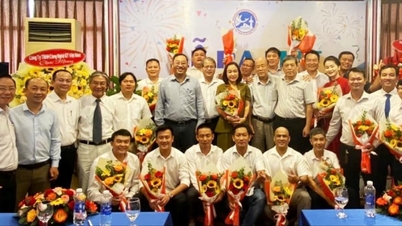

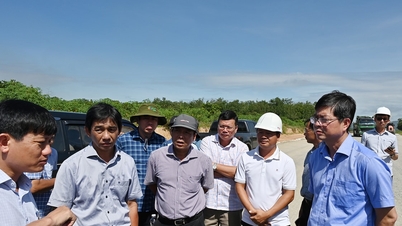






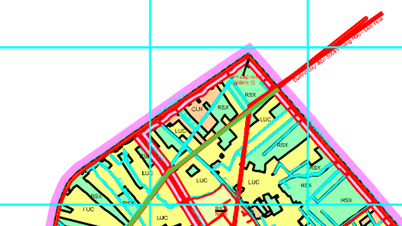







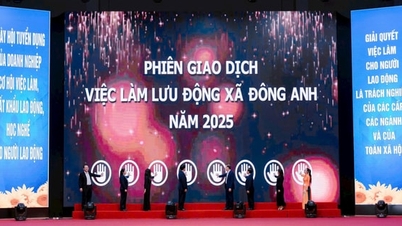
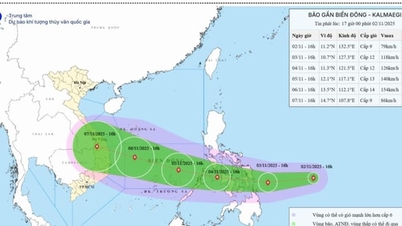





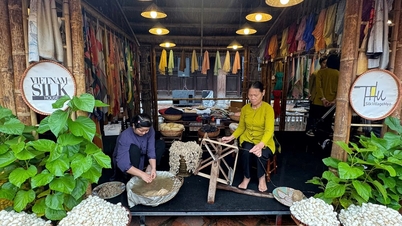







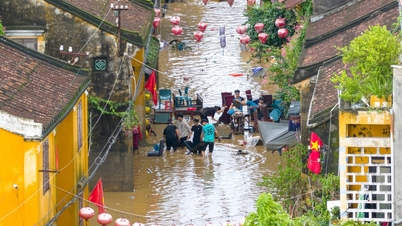












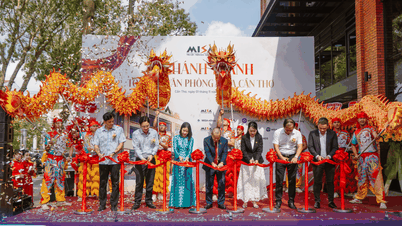

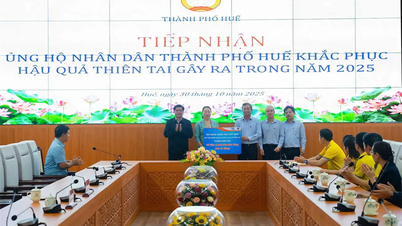

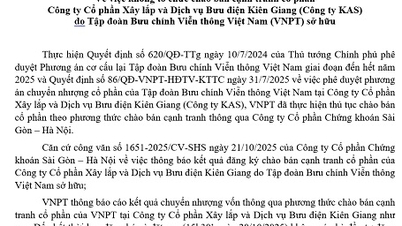







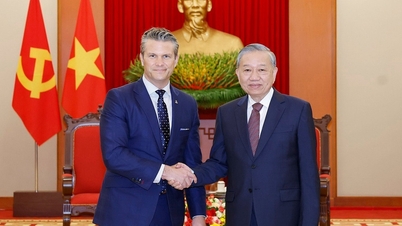


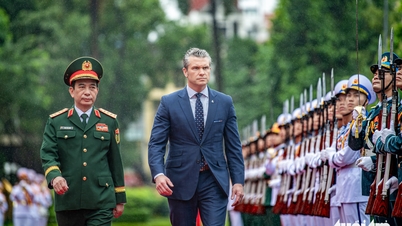


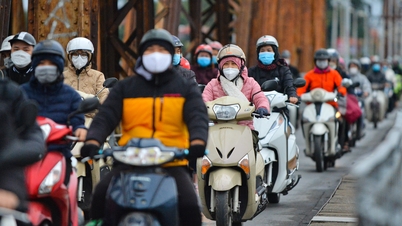







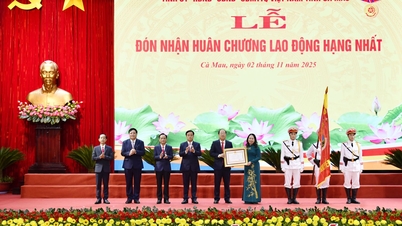
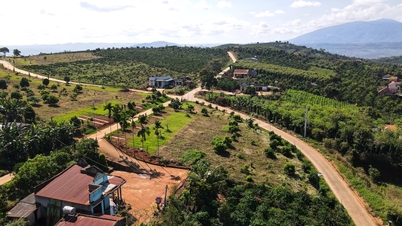















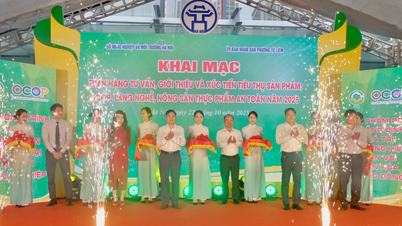







Comment (0)